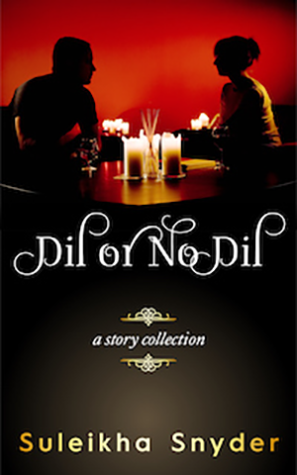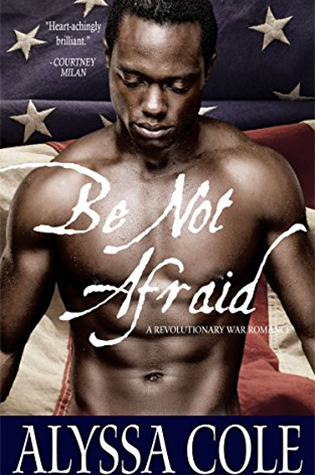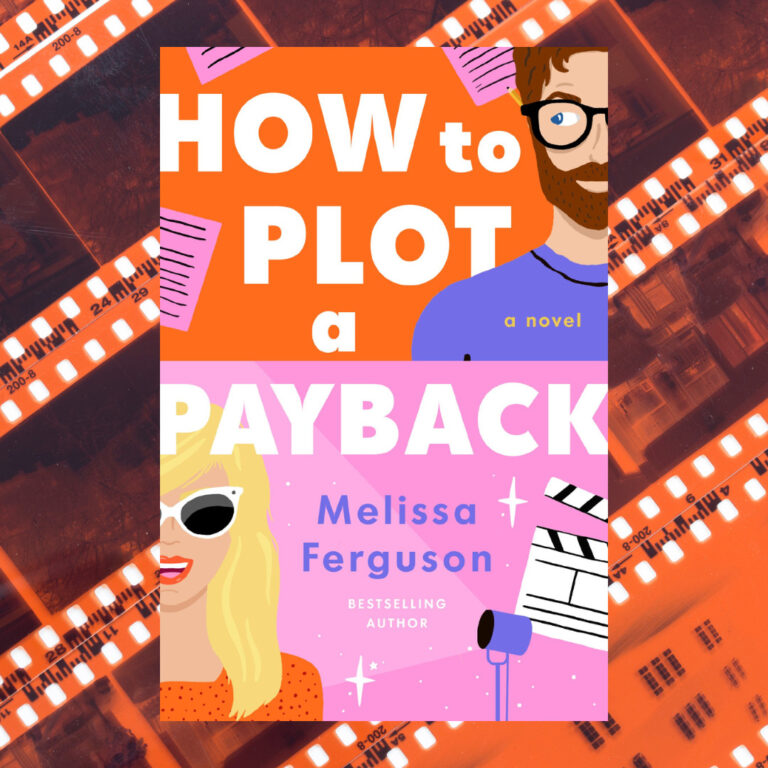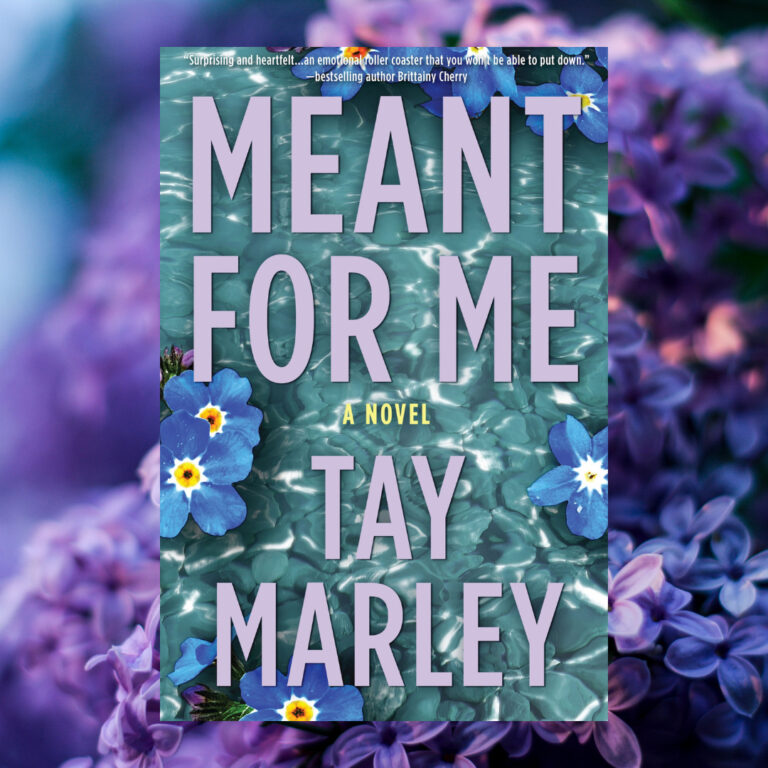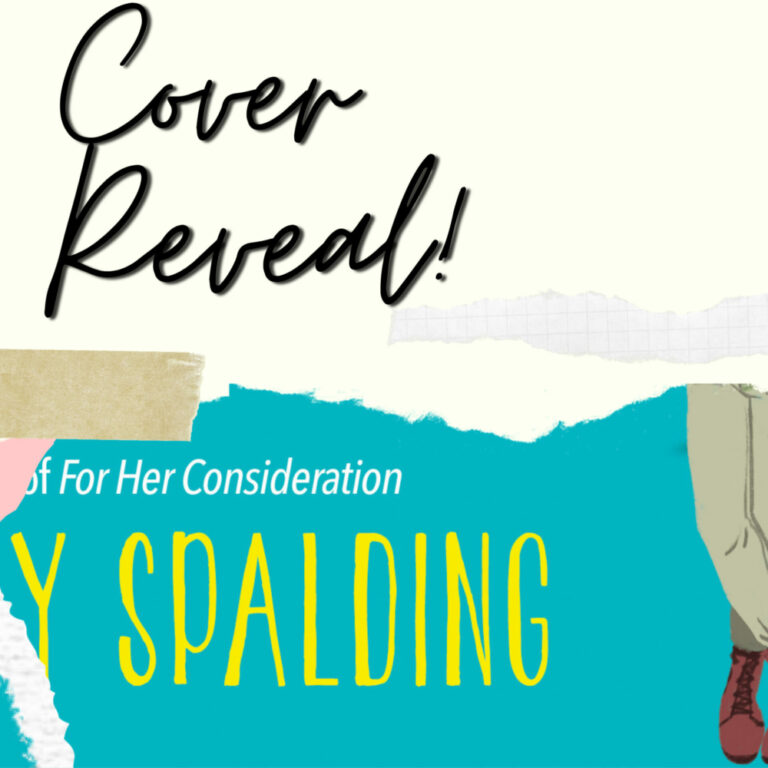Confession time: I hate writing novels. Strange thing for a romance novelist to say, right? But I’m one of those odd birds in the romance writing community who just can’t hit 50,000 words to save my life. It’s absolutely excruciating. So, I try to stick to short stories and novellas. In fact, I recently released a collection called Dil or No Dil, where the entries range from 875 to 15,000 words long. “875 words?” I can hear some of you boggling. “Suleikha, how do you write effective romance in 875 words?!” It definitely takes practice. But there also some tricks you can employ. Here are five tips for keeping it short!
Start the story in the middle, not the beginning.
The Latin term for this is “in medias res.” I don’t remember which high school teacher taught me that, but I hope they’re proud the lesson stuck! Basically, this means putting the reader right in the middle of the action—and that action doesn’t necessarily mean explosions and high drama. It just means that things have already happened and we’re seeing what’s next. So, instead of seeing Beauty’s father leave his family to make his fortune, and stopping at the Beast’s castle and plucking the rose, we start with Beauty bravely showing up to meet her fate. Boom! It’s “go” time! Backstory can be threaded in, as needed, as the story progresses.
It helps if the characters already know each other.
This is somewhat related to the concept of “in media res,” but if your characters already have a past association, then you don’t have to waste time with the “getting to know you” part—at least not for the characters themselves; obviously the reader still has to get to know them. I know romance readers love the “meet-cute,” but who says that protagonists can only meet-cute once? Give us the third awkward flirtation at the deli counter as she admires his sausages or the rapid-fire banter six months after he’s become a regular at the same bar she frequents with her friends. It’s totally okay for them to already know each other’s names on the first page.
Make every word count.
Go for maximum impact in minimal language. This means that you probably don’t need your characters to wax poetic about their kitchenware for three paragraphs or describe the hero’s beloved motorcycle in explicit detail. If it doesn’t inform who the character is or directly relate to the plot, ditch it. Short stories and novellas need to pack a punch, not meander aimlessly—but being stingy with words doesn’t mean holding back on characterization and description! Use your limited supply to paint vivid pictures, to evoke strong emotions. Elizabeth Hand’s haunting and atmospheric Wylding Hall is a great example of this. I still have no idea how to interpret that story…but, damn, it was gorgeous.
Keep the plot simple, but complicate everything else!
A group of kids go looking for a body. Residents of a small town gather stones and make ballots in preparation for an annual celebration. These are pretty straightforward set-ups…but there is nothing simple or easy about the stories they spawn. Moral quandaries and life lessons abound. For romance, you probably want to focus less on lessons and more on love—on the complexity of feelings, of passion, of relationships. Take tropes like forced proximity or enemies-to-lovers and heighten the tension, raise the emotional stakes. Alyssa Cole’s Be Not Afraid has two people on different sides of a conflict meeting over a dead body. As the story progresses, they have to weigh their sense of duty, their respective definitions of patriotism, against what they feel for each other. It’s an exquisite novella, and I highly recommend it!
Don’t sweat the HEA.
Now before you come after me with the pitchforks and torches, I don’t mean skip the happy ending. I mean that you don’t have to drag your story out just to shoehorn in an “I love you” or a marriage proposal or an epilogue featuring apple-cheeked babies. This is a short story. It’s a novella. You don’t have to cram all of that in there! Instead, get your characters to a place where they are a lock. They’re on the same page emotionally. Their relationship is solid. They have a future that the reader can believe in. At the core, an HEA means closing the book knowing these people are going to be okay. So, that’s the place to get your characters to—logically, comfortably, and within your word-count constraints.


